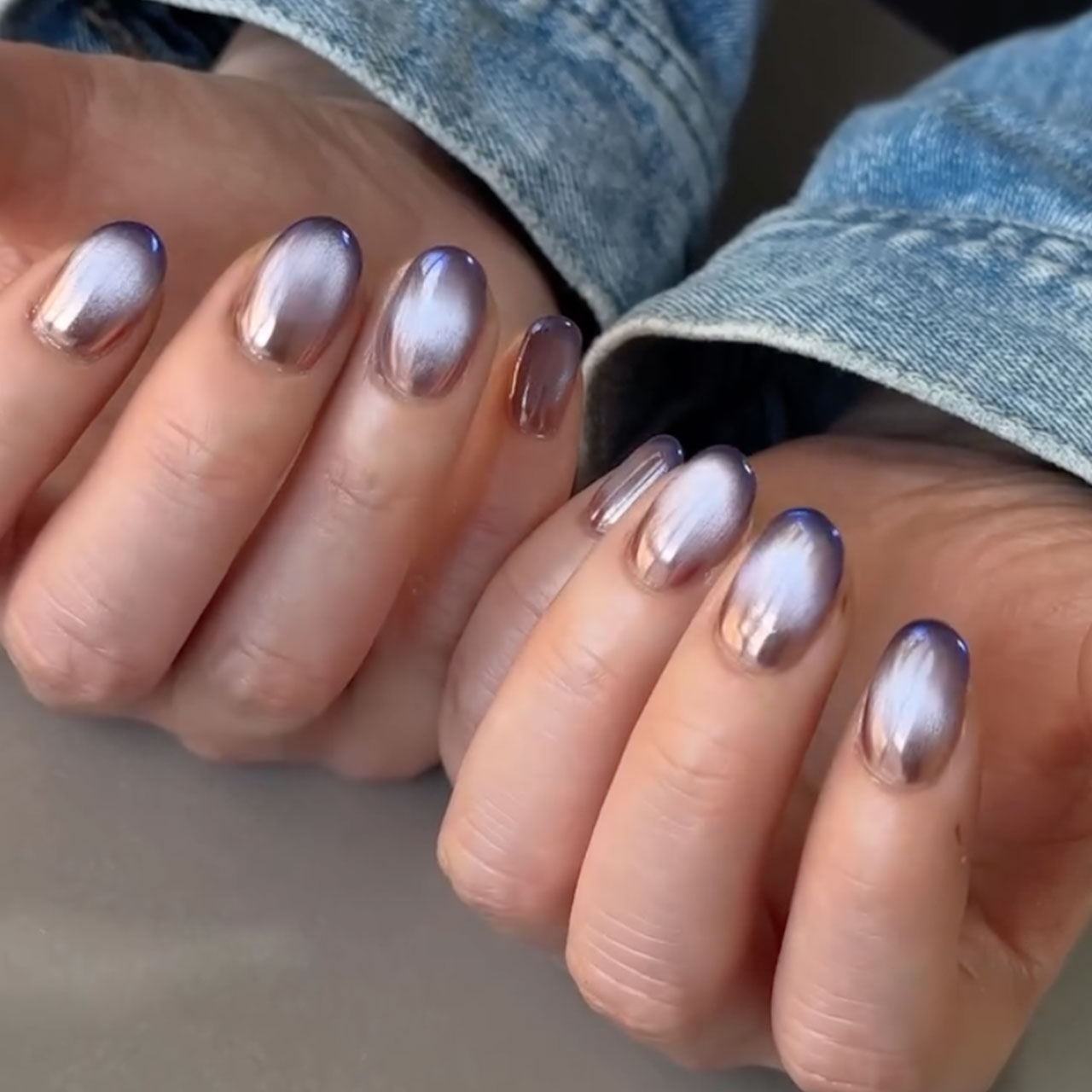You may have noticed that a lot of plastic surgery trends come and go — especially in this uber fast-paced world where many take their beauty cues from TikTok and Instagram. Call it the Kylie Jenner effect. Once a few celebs got lip injections, the procedure more or less became mainstream (despite its hefty price tag). You can argue that the same applies to dermal fillers, Botox, and other body modifications like Brazilian Butt Lifts, all of which experienced tremendous growth in the last 10 years. But the latest cosmetic enhancement trend is maybe the most perplexing of all. It’s called buccal fat removal and the outcome is designed to mimic that look you give in a selfie or group photo where you suck in your cheeks to make your face appear more hollow and, some say, more high-fashion. If lips were synonymous with Kylie, the poster girl for this look is Bella Hadid (who may or may not have received the procedure herself — she’s certainly not telling).
But what do you need to know about buccal fat removal before you drop a few thousand dollars on the procedure? According to the experts we spoke with, there’s quite a bit NOT being said about the trend. Here’s everything you need to know about buccal fat removal, which will be big in 2023.
What is buccal fat removal?
For those who are completely new to the trend, let’s start here: what exactly is buccal fat removal?
“The buccal fat pad is a grape sized collection of fat in the lower cheek area,” said Dr. David Shafer, double board certified plastic surgeon at Shafer Clinic Fifth Avenue. “People with chubby cheeks often have an oversized buccal fat pad. As we age the buccal fat pad often shrinks giving thinner people a sunken look.”
A buccal fat removal procedure essentially speeds up that process of thinning out the buccal fat pad and does so in a more dramatic fashion than you might experience with age.
“Patients are seeking a thinner face and more defined cheeks with natural shadowing under the cheek similar to what people try to achieve with makeup to define their cheekbones,” Dr. Shafer said.
What should candidates know before doing it?
If you are considering buccal fat removal, Dr. Shafer says it’s crucial to only see board certified plastic surgeons with experience in buccal fat pad excision. Additionally, this is one procedure where less is more. “Surgeons should be conservative and not remove the entire fat pad,” Dr. Shafer said. “The procedure should be performed in an accredited operating room under IV or local anesthesia.”
Is it recommended for all face shapes?
The best candidates are those with a “chubby” lower face, according to Dr. Shafer. “If a patient sucks in their cheeks similar to when you suck on something sour and they like that look then they will most often be happy with the results from buccal fat pad excision,” he said.
it is not for everyone though, stresses Dr. Oren Tepper, director of Aesthetic Plastic Surgery at Montefiore. “In very thin individuals buccal fat is often essential for maintaining appropriate cheek volume and contour to the face,” Dr. Tepper said. “People need to be careful before proceeding with buccal fat removal as over-resection in this area can be quite disfiguring. If not done appropriately, this leads to a hollowed out, skeletonized look, especially as we age and there is a natural loss of volume in the face.”
Which leads to the next important point:
How does aging affect buccal fat removal?
“It’s important for the surgeon to be conservative with the fat excision and leave some there,” Dr. Shafer said. “It’s also important for the patient to be realistic in terms of results and not pressure their surgeon to overdo it. When done conservatively, the patient can still age naturally. If too aggressive and all the fat is removed then the fat can actually look older or age older faster as the face naturally thins overtime.”
What are the risks?
There are general risks with any procedure such as infection, bruising and swelling, according to Dr. Shafer. “Specific but rare risks to buccal fat pad include nerve and muscle injury and asymmetry,” Dr. Shafer said. “The incision is inside of the mouth so there is no visible incision or scar.”
What happens if you don’t like your buccal fat removal procedure?
Here’s where things get a little more complicated. Unlike lip filler, dermal fillers, and botox, you can’t simply be patient or be injected with hyaluronidase (in the case of fillers) to reverse the effects of a buccal fat removal procedure. The results are permanent, which is why it’s so important to visit a board-certified doctor who comes highly recommended and will be honest and conservative with you during both the consultation and procedure.
If you do get buccal fat removal and feel your face looks too hollow, nonsurgical treatment with EMFace technology and fillers are options for restoring volume in the face, according to Facial Plastic Surgeon Dr. Jon Mendelson, medical director of Advanced Cosmetic Surgery & Laser Center.
Alternatives to buccal fat removal?
Maybe you love the contoured look that buccal fat removal can provide, but you are on the fence about going all the way and getting surgery — what are your other options?
“If a patient is not a good candidate or wishes not to have buccal fat pad excision then cheek enhancement injections with products such as Juvederm Voluma XC and jawline injections with products such as Juvederm Volux XC are great for enhancing the cheeks and jawline and making the lower cheeks appear thinner,” Dr. Shafer said.


























